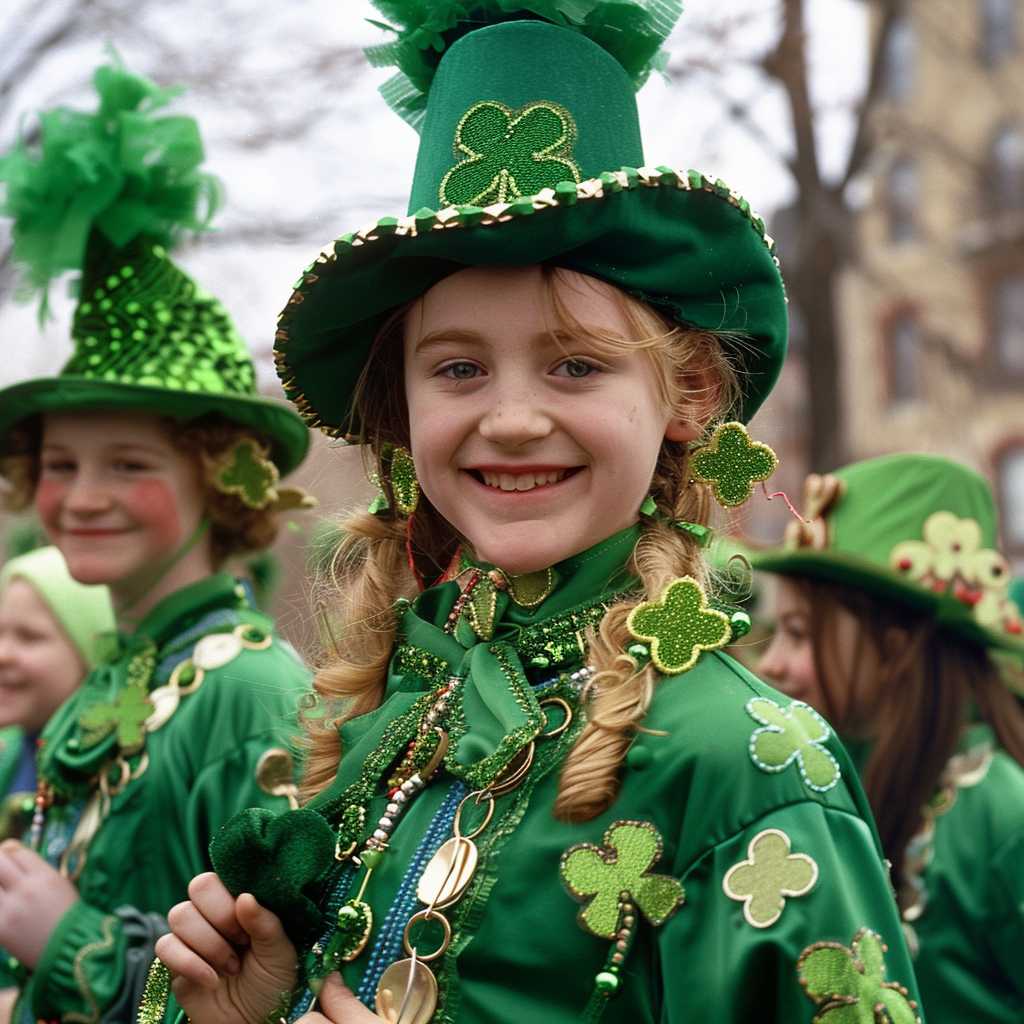Celebrating the Spirit of St. Patrick’s Day: A Global Perspective
St. Patrick’s Day, a cultural and religious celebration held on March 17th, has evolved from its origins as a feast day for Ireland’s patron saint to a worldwide festival of Irish culture. With its signature green color scheme and spirited festivities, this day brings together people of all backgrounds to honor the legacy of St. Patrick and to partake in various traditions that represent Ireland and its diaspora.
Origins and Historical Significance
The Ensuing Festivities: Parades and Public Celebrations
Parades are a central feature of St. Patrick’s Day, with the first parade reportedly happening in the United States, not Ireland. Irish soldiers serving in the English military marched through New York City on March 17, 1762, to connect with their Irish heritage and impart a sense of camaraderie among expatriate Irish soldiers. This tradition has since grown in scale and popularity, with major parades now held in locations across the globe including Dublin, New York City, Boston, Chicago – where the river is famously dyed green – and many other cities with large Irish communities.
Local celebrations blend traditional Irish music, dance performances known as céilithe, and an emphasis on wearing green or displaying shamrocks—symbols associated with St. Patrick. Also popular are formal gatherings like banquets and balls which often include toasts in honor of Ireland’s history and heritage.
Cultural Impact and Adoption Beyond Ireland
While nominally a celebration of Irish culture, St. Patrick’s Day has transcended international borders to become a global phenomenon. It is celebrated by both people of Irish descent and those who merely enjoy participating in such jovial festivities across different nations. This global embrace, which includes great pomp in countries such as Canada, Argentina, Russia, Japan, and Australia among others is emblematic of a blending of cultural lines where traditional barriers dissolve in hap
Economic Influence of St. Patrick’s Day Celebrations
Besides the cultural impact that occurs as cities worldwide go green in the middle of March annually, there is also a significant economic component linked with the holiday. Hospitality venues such as bars and restaurants experience a considerable uptick in patronage due to celebrants enjoying Irish beer and whiskey, along with traditional foods like corned beef and cabbage or Irish stew.
Moreover, retailers benefit from sales of themed merchandise ranging from novelty hats to beads to wearables adorned with green while tourism spikes unusually in areas known for grand celebrations or rich historical connections to Irish history and St. Patrick himself.
